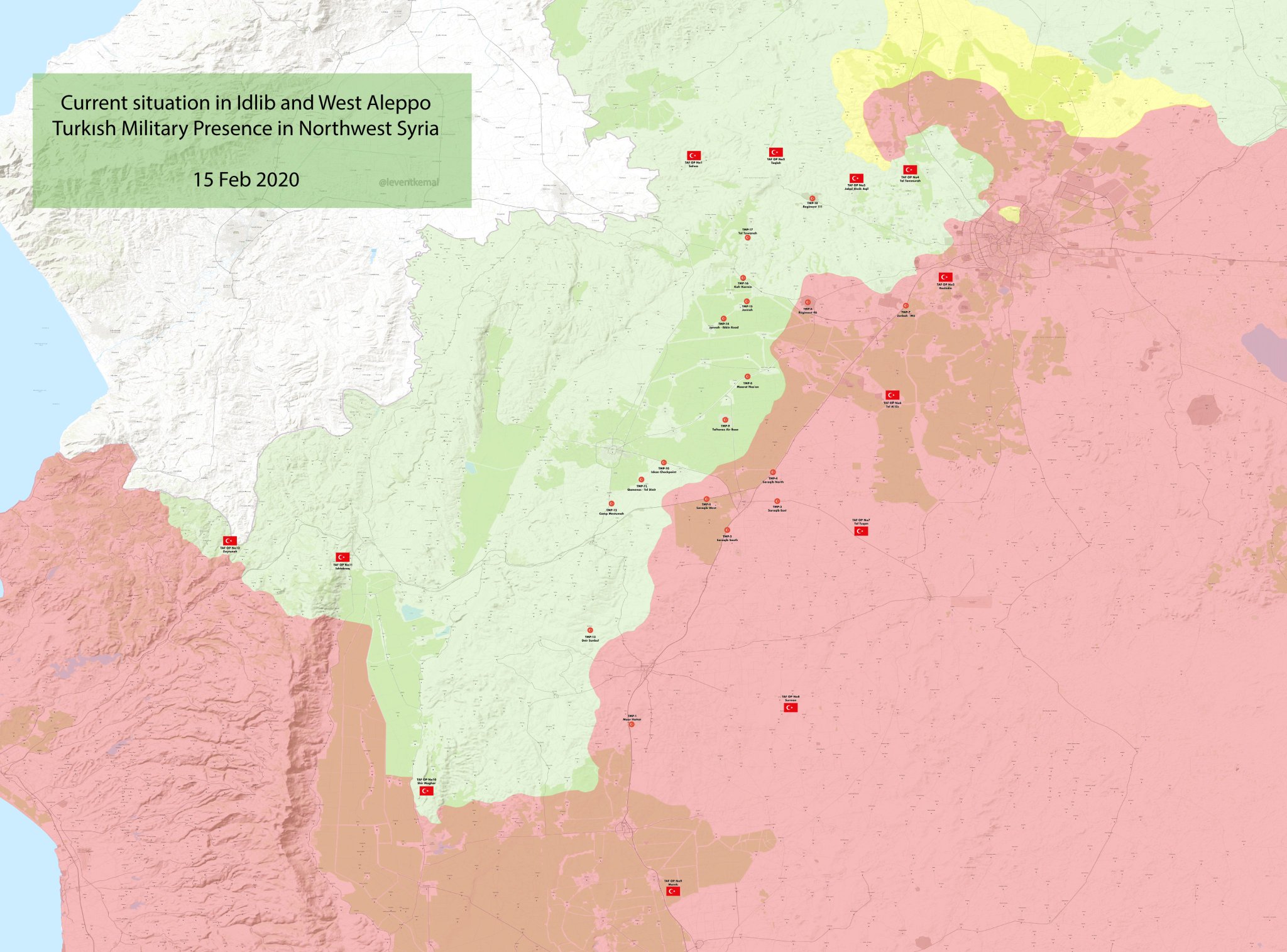Interesante texto de Tom Cooper sobre el estado y capacidades de la Fuerza Aérea Siria
A few words on the ‘Syrian Arab Air Force‘ (or, actually: whatever was left of the same).
(Mind: the following is especially for all those ‘sympathising’ with it, crying crocodile tears about its losses, or feeling ‘sad’ because they think that it’s ‘fighting Jihadists’ and the ‘ISIS’ and whatever else.)
1.) The SyAAF was NOT created by Hafez al-Assad, as usually explained around. It was created already in 1946-1948 period. Assad joined the Military Academy in Homs in 1950, and the SyAAF only in 1954, when the Flight College was established at Nayrab AB.
2.) Assad did fly Meteors and then MiG-17PFs, in 1956-1961 period, but was no ‘special’, not even ‘distinguished’ pilot. Actually, even while serving as the CO of the No. 31 Squadron UARAF, in period 1960-1961, he spent more time with plotting a coup against Nasser’s rule over Egypt and Syria (back then united as the United Arab Republic), than with actually flying, training, or at least commanding his unit.
3.) The ‘most’ Hafez al-Assad ever did for the SyAAF was to convert the SyAAF Intelligence Agency into his private secret service and a militia, back in 1965-1967 period. Eventually, that intelligence service became the most powerful and most brutally obsessive in all of Syria: it was solely responsible for securing Assad’s regime, and not the least ever interested in such topics like ‘Israel’ or whatever else. The SyAAF Intelligence Agency was crucial for enabling Assad to establish himself in power.
4.) Since the October 1973 War with Israel, the SyAAF was systematically purged of the Sunnis, although these (including Sunni Kurds) are making over 80% of the Syrian population. They were replaced by whoever was proven as loyal to Assad: nothing else, no merits, no distinguished service, no heroism matters.
5.) The Syrian Arab Air Force is effectively dead since February 1982. Back then, a major plot for a coup against Hafez al-Assad was prevented by the SyAAF Intelligence Agency. The air force was subsequently purged ‘to the bone’. Ever since, it’s officers are officially prohibited from discussing even causes for accidents, not to talk about tactics: anybody heard trying to talk about either is promptly jailed.
6.) Ever since 1988-1989, for all of the 1990s and 2000s, flying was cut to the bare minimum. Squadron COs would fly 40 hours a year (if there were fuel and spares). Deputy Squadron-COs usually flew 20-25 hours: they also served as ‘instructors’ for all other pilots in every unit. Everybody else flew next to nothing.
7.) There was no tactical training (not even theory), and pilot wages decreased to a level where most of officers worked in the air force in the morning, and then as taxi drivers or tourist guides in the afternoon.
8.) When the SyAAF was ordered into combat, in 2011, pilots had to teach themselves how to fly and release bombs (usually with help of 30-years-old-manuals) – as far as they have cared to do so.
9.) Since May 2012, the mass of orders for air strikes is issued by the Ba’ath Party HQ in Damascus (i.e. not even by the High Command SyAAF). Every order contains such details like target, ammunition to use, and what pilots are to fly the mission. Pilots have to sign the receipt of the order.
10.) Because the mass of pilots can barely fly and release their weapons, only a handful could actually ‘aim’ – and most of these were instructor pilots flying L-39s (simply because they were receiving more flight hours, due to their duty to train student pilots). Thus, most the times the ‘target’ is the ‘town’ or the ‘village’, sometimes a ‘farm’, and very seldom ‘specific building’.
11.) About a dozen of pilots that refused such orders have been ‘disappeared’. About 20 others were arrested and bestially tortured before returning to service. Those that were lucky to bring their families to safety on time, have defected. Indeed, in 2012-2013, the SyAAF (and the SyAAF Intelligence Agency) lost more than 50% of its personnel to defections.
12.) Regardless of their rank and merits, homes of defectors were either torched down or – if outside the reach of the regime on the ground – bombed by the SyAAF.
13.) Those left are de-facto ‘hostages’. The Assad regime explained them that they have to (quote) ‘burn the Sunnis’, and that the survival of Assad is their own survival, too.
14.) Every evening, all of them have to gather in the squadron ready room, must watch news at the national TV and cheer about (quote) ‘burning Sunnis’. The more they cheer, the more loyal they’re considered to Assad. Some of them were more than happy to brag about their ‘achievements’ in the social media, too (for example after the attack on the UN and the Syrian Red Crescent’s aid convoy in Urum al-Kubra, in September 2016).
15.) The SyAAF is very rarely fighting the ‘IS’ (aka ISIS/ISIL/IGIL or whatever else you want to call that gang: locally it’s named the Daesh). Out of well over 100,000 combat sorties flown by the SyAAF since 2011, perhaps 500 were undertaken against the Daesh. The reason is that with a handful of exceptions (see Tabqa and Kweres), the Assad regime never seriously fought the Daesh (and if it did, the SyAAF couldn’t provide close air support).
Bottom line: that ‘SyAAF’ is no ‘air force’, no service ‘consisting of gentleman warriors’, as is usually thought about air forces. At most, it’s a ‘flying militia’: a gang of armed people that happen to know how to fly their aircraft and helicopters, and whose primary task is to either destroy or drive out any ‘anti-Assad elements’.
Their ‘success’ should be well-known to everybody meanwhile (and if it is not, then I recommend the reader of this line an urgent check of his/her ‘knowledge’ about the Syrian Civil War): out of an estimated population of 24 million, 13.5 million have been registered as displaced persons by the UN.
The majority of the Syrians (about 60%) that are nowadays homeless refugees – regardless if abroad or at home – say they have fled from air strikes.








